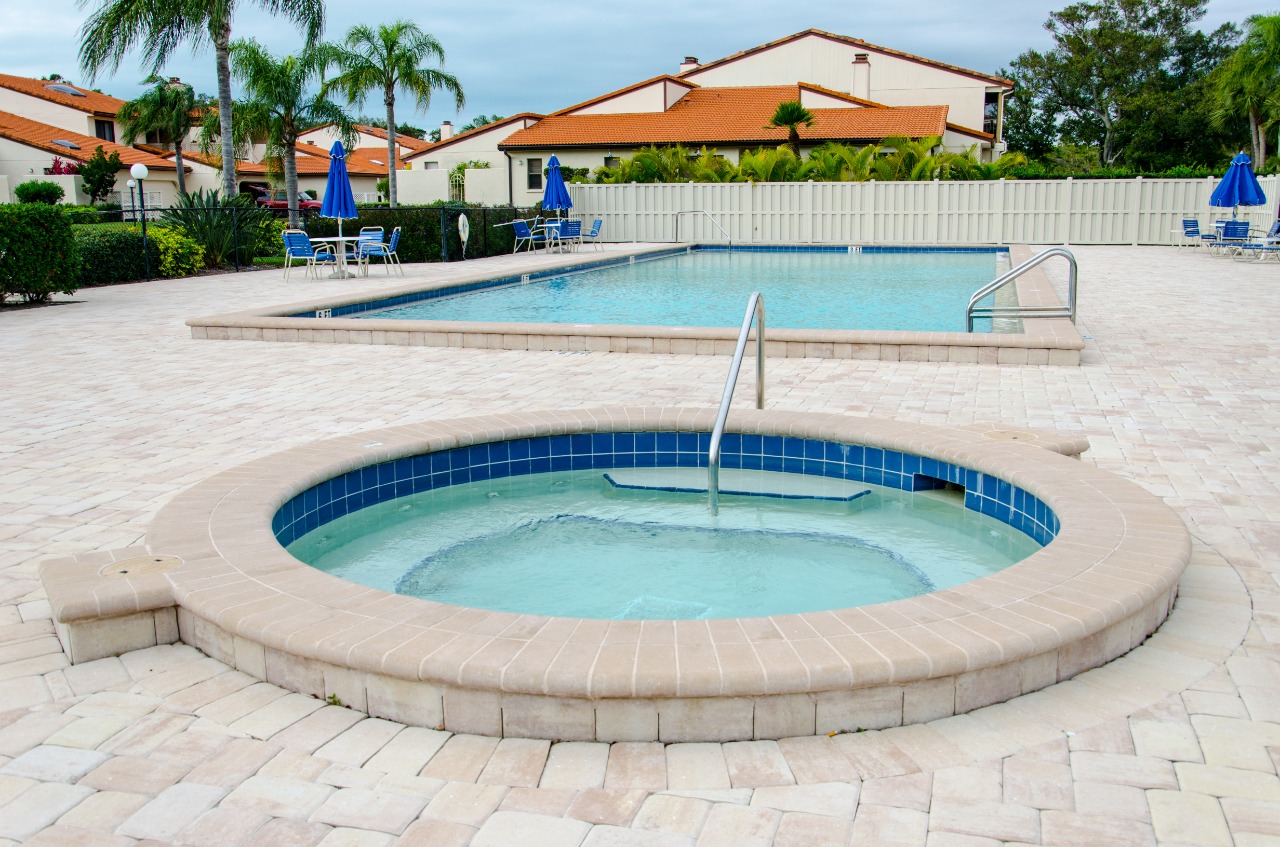When it comes to outdoor hardscaping, homeowners have a number of options for creating a beautiful, durable patio, walkway or driveway. One of the most common choices is concrete, but many don’t know that this material can be “stamped” with patterns and colors to look like natural stone. Another popular option is interlocking pavers, which come in a variety of shapes and sizes and can be laid down in intricate patterns. But how do these two materials compare? In this blog post, we discuss the advantages and disadvantages of compare pavers with stamped concrete and offer tips on choosing the right material for your project.
Paver Materials
There are a few different types of pavers that you can choose from when you are looking to install a new paver patio or walkway. The three most popular types of pavers are brick, concrete, and stone. Each type of paver has its own set of benefits and drawbacks that you should consider before making your final decision.
When it comes to choosing a material for your patio or driveway, you have a few different options. Two of the most popular choices are pavers and stamped concrete. So, how do the two compare?
Pavers are made from natural stone, brick, or concrete. They are then cut into shape and size and laid on a bed of sand. Stamped concrete is made from a poured concrete slab that is then stamped with a design.
Both pavers and stamped concrete have their pros and cons. Pavers are more durable than stamped concrete and can last for decades with proper care. However, they are also more expensive to install. Stamped concrete is less expensive but does not have the same longevity as pavers. It can also crack over time if not properly cared for.
So, which is the better choice for you? It really depends on your budget and what you are looking for in terms of durability and design.
Brick Pavers
Brick pavers are a classic and timeless choice for many outdoor projects. They are durable and hold up well to extreme temperatures and weather conditions. Bricks are also easy to clean and maintain, making them a great choice for busy families. The only real drawback to brick pavers is that they can be expensive due to the labor involved in their installation.
Concrete Pavers:
Concrete pavers offer a wide range of design options as they come in various shapes, sizes, colors, and textures. They are also relatively easy to install compared to other types of pavers. The downside of concrete pavers is that they can be prone to cracking or staining if not properly sealed or maintained over time.
Stone Pavers
Stone pavers provide an elegant look that pairs well with both contemporary and traditional landscaping designs. Natural stones are generally very durable but can be susceptible to staining or fading from exposure to certain elements, such as oil or grease stains from vehicles. Stone pavers tend to be more expensive than other paver types due their intricate designs and labor-intensive installation process.
Brick pavers are one of the most popular choices for patios and walkways. They are very durable and easy to maintain. Brick pavers come in a variety of colors and styles, so you can find the perfect match for your home’s exterior. One downside to brick pavers is that they can be expensive.
Concrete Pavers
Concrete pavers are a more affordable option than brick pavers. They are also very durable and easy to maintain. Concrete pavers come in a variety of colors, but they tend to be less varied than brick pavers. One downside to concrete pavers is that they can crack over time if they are not installed properly.
Stone Pavers:
Stone pa
Stamped Concrete
Pavers and stamped concrete are both popular choices for outdoor hardscaping projects. But how do they compare?
Here are some key differences to consider:
Appearance: Pavers have a more natural look, while stamped concrete can have a more uniform appearance.
Cost: Pavers typically cost more than stamped concrete.
Installation: Pavers must be installed individually, while stamped concrete is poured as one piece.
Maintenance: Pavers may need to be resealed periodically, while stamped concrete does not require this additional maintenance step.
Durability: Both pavers and stamped concrete are durable and long-lasting. However, pavers may be more resistant to cracking and chipping than stamped concrete.
Pavers Patterns
There are many patterns available for pavers, from traditional brick or stone patterns to more modern geometric shapes. Pavers can be laid in a basic grid pattern or in more intricate designs. Stamped concrete is often used to replicate the look of stone or brick, but it can also be used to create unique patterns.
Cost Comparison
When it comes to your home’s exterior, there are a lot of different materials you can choose from for your patio or walkway. Two popular choices are pavers and stamped concrete. So, how do you know which one is right for you?
Here’s a quick cost Compare pavers with stamped concrete:
Pavers:
- Material costs: $3-$10 per square foot;
- Installation costs: $8-$20 per square foot;
- Total costs: $11-$30 per square foot;
Stamped Concrete;
- Material costs: $5-$15 per square foot;
- Installation costs: $10-$30 per square foot;
- Total costs: $15-$45 per square foot;
Pros and Cons
When it comes to debating the pros and cons of pavers vs. stamped concrete, there’s no clear winner. It really depends on your personal preferences and needs. Here’s a quick rundown of the pros and cons of each option:
Pavers
- Pros: less expensive than stamped concrete, more durable, easier to repair if damaged, less likely to crack than stamped concrete;
- Cons: more difficult to install, require more maintenance (weeding, etc.), can be susceptible to shifting/sinking over time;
- Pros: easier to repair than stamped concrete if damaged. Pavers can also be removed and replaced more easily than stamped concrete;
- Cons: Pavers can be more expensive than stamped concrete. They can also require more maintenance, as weeds and moss can grow in between the cracks;
Stamped Concrete
- Pros: Can be less expensive than pavers (if you DIY), requires little to no maintenance, won’t shift or sink over time.
When it comes to concrete, there are many different types and styles to choose from. Pavers and stamped concrete are two popular choices, but how do they compare? Here are some pros and cons to help you decide which is right for your project:
When it comes to choosing between pavers and stamped concrete for your home’s outdoor hardscaping, it’s important to weigh the pros and cons of each option. Pavers are made of natural stone or concrete, while stamped concrete is a type of concrete that is textured and colored to resemble stone, brick, or other materials.
Are generally more expensive than stamped concrete, but they offer a number of advantages. Pavers are easier to repair than stamped concrete if individual pieces become damaged. They also have better drainage and are less likely to crack in freezing weather. On the downside, pavers can be uneven and require more maintenance than stamped concrete.
Stamped concrete is less expensive than pavers, but it has some disadvantages as well. Stamped concrete can crack and chip more easily than pavers. It also requires more upkeep to maintain its color and texture.
- Pros: Stamped concrete can be less expensive than pavers. It can also be easier to clean and requires less maintenance overall;
- Cons: Stamped concrete can be difficult to repair if damaged. It can also crack over time due to weathering or settling;
- Cons: More likely to crack than pavers, difficult to repair if damaged, can fade over time.
Conclusion about Compare pavers with stamped concrete
In conclusion, concrete pavers have a number of advantages over stamped concrete. They are more durable, require less maintenance and can be installed without the help of professional contractors. Furthermore, they come in an array of colors and designs to suit any landscape design style or budget. Whether you’re looking for a classic brick look or something more unique and modern, there’s sure to be a paver style that works best for you!

